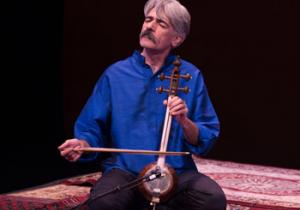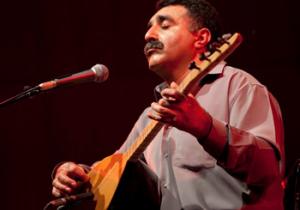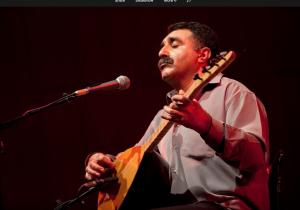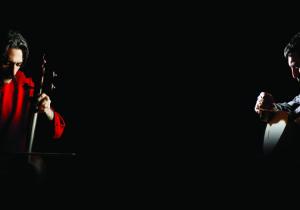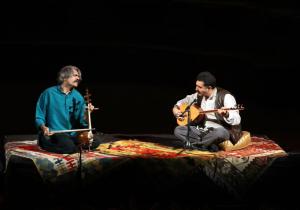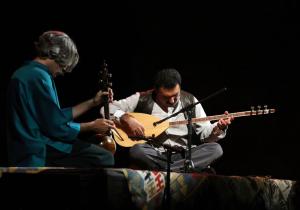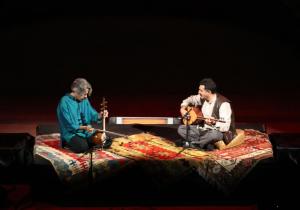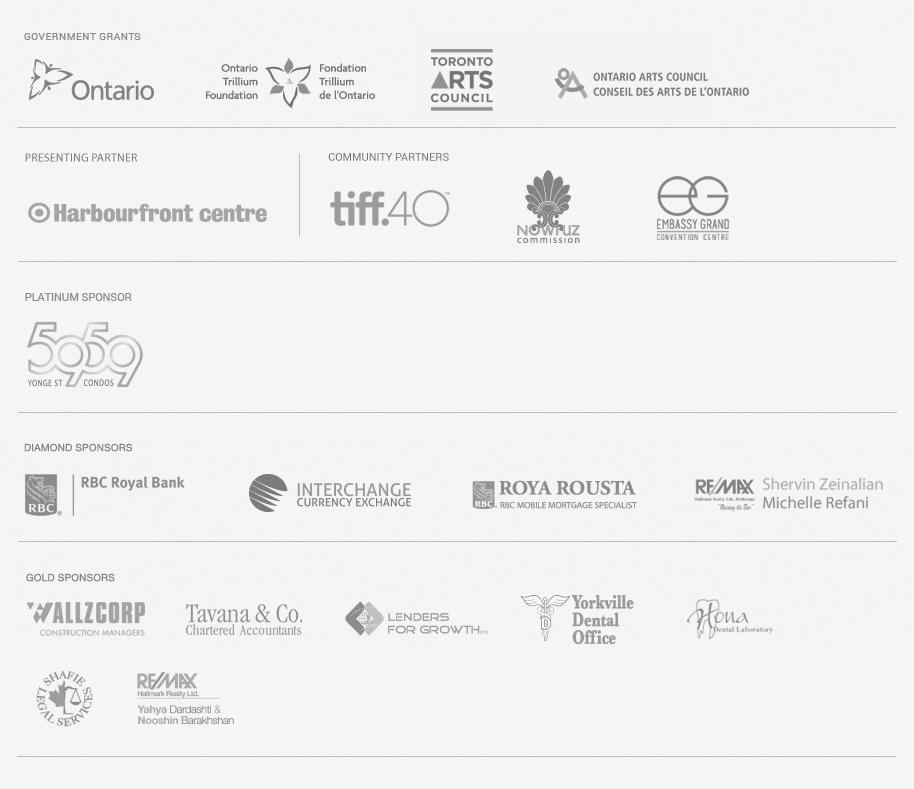Persian and Turkish Improvisations
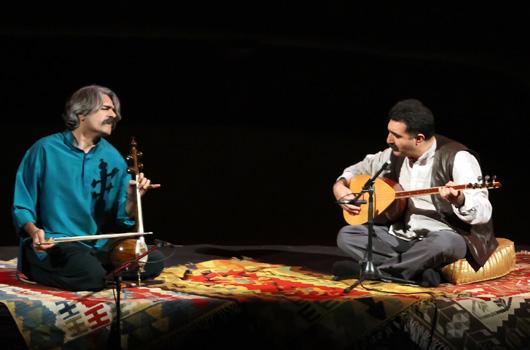
This concert brings together two virtuoso musicians steeped in the traditional music of their respective cultures – Persia (Iran) and Anatolia (Turkey). The classical music traditions of Persia and that of Ottoman Turkey have much in common. They share the ancient modal compositional system known as maqam and improvisation plays a definitive role in performance. Likewise, the regional folk music of these two countries have much in common: the similarity of instruments such as the Kurdish and Persian tanbur and setar to the Turkish saz, the strumming techniques used for these instruments, and the high keening vocal techniques so common to mountainous lands and used by singers throughout this vast area. The music performed by these two musicians, while derived from ancient roots, is thoroughly modern. It is purely instrumental which is a considerable deviation from tradition in both cultures where the singer is considered pre-eminent. While traditionally sung poetry is an integral aspect of virtually all Middle Eastern music, in this case it is the sound of the instruments that delivers the poetry. This more abstract manner of conveying emotion and spirituality has always been present in Eastern music; instrumental music in India has long been at the service of vocal music and the most esteemed instrumental style in North India is that which approximates to the human voice. In vocal music from the Arab world to Iran and India, accompanying instruments seek to imitate the nuances of the voice, often repeating melodic phrases or acting as bridges between stanzas. The music of Erdal Erzincan and Kayhan Kalhor is intensely spiritual and emotional; it is like a prayer. It seeks to bring the listener into its trance-like realm by interweaving ecstatic rhythms with sensual melodic phrases.
The Instruments:
Kamancheh
The kamancheh or spike fiddle, the ancient bowed string instrument of Iran, is the ancestor to most bowed instruments throughout Asia and Europe. It has a small hollowed belly made of walnut or mulberry wood with a thin stretched skin covering and a conical shaped neck. The modern kamancheh has four strings, generally tuned in fourths or fifths, and is held vertically.
Baglama
If a single instrument were to represent Anatolian folk music it would be the baglama, a lute also known by the generic term saz, which literally means “instrument.” The baglama, used in religious ceremonies as well is folk music, is a pear-shaped plucked lute that comes in various sizes and with varying numbers of strings. The favored instrument of the Alevi has three courses of strings arranged in the order of 2-2-3. It may be tuned in fourths or fifths but there are a number of other tunings. The body of the modern baglama is made of strips of juniper with a spruce sounding board and a kelebek hardwood fingerboard.
Kayhan Kalhor is an internationally acclaimed virtuoso on the kamancheh (Persian spiked fiddle...
A disciple of the legendary Arif Sag, is one of the most well known folk musicians of his...
Subscribe to Our Newsletter



